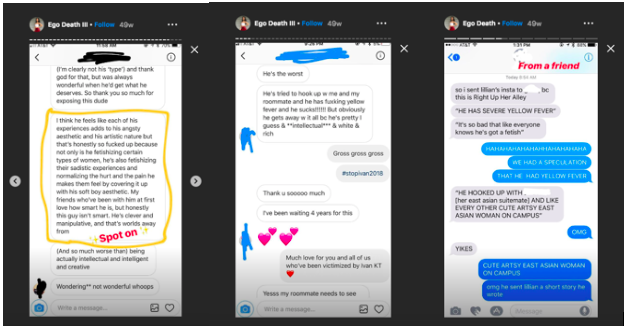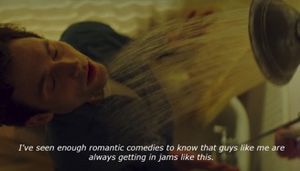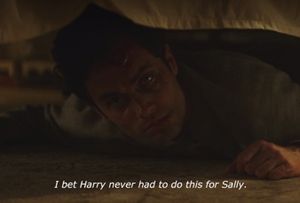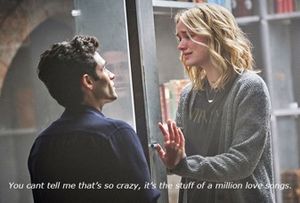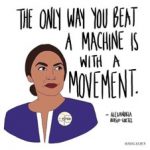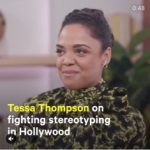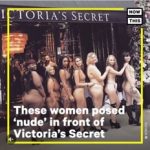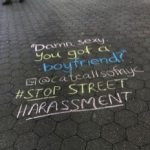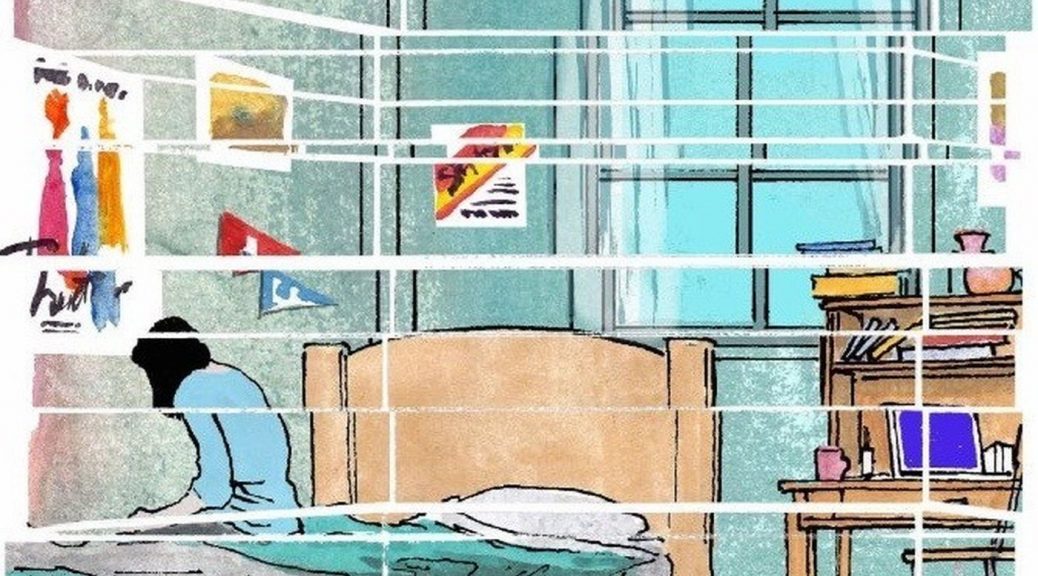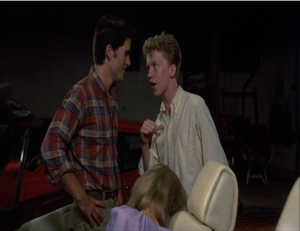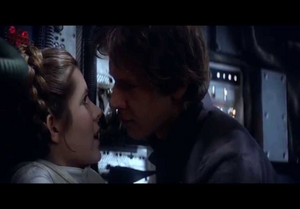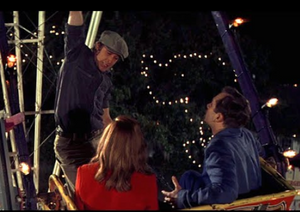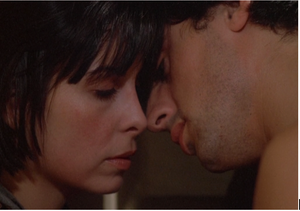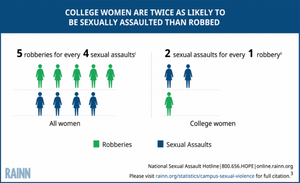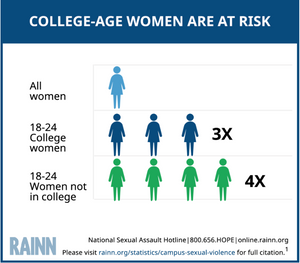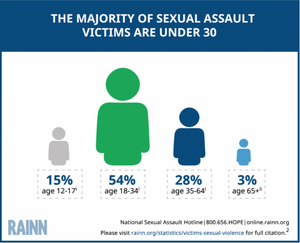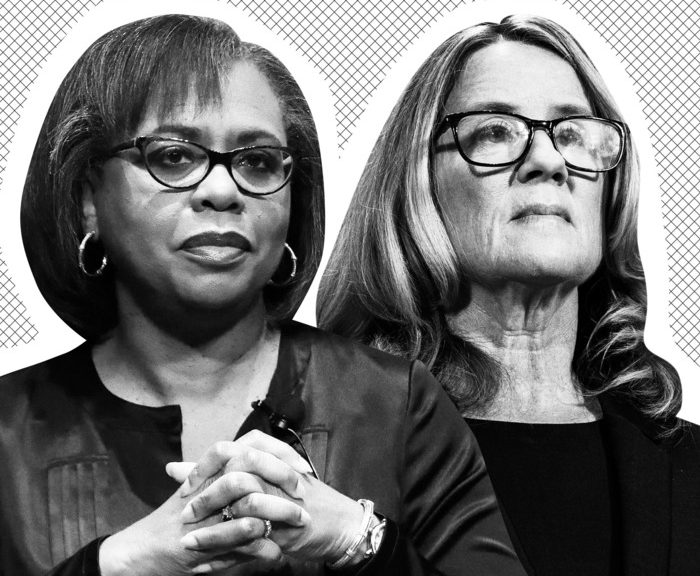By: Avery Serven
2018 was a year that will go down in history as a time for change in the film industry. The past year saw countless films that were more intersectional, original, and eye-opening than ever before. The “Time’s Up” campaign, which fights sexual harassment, assault, and inequality, exploded in 2018, bringing a number of important issues to light in Hollywood. As a result, these films were able to provide the industry with storylines, characters, and ideas that were not previously represented; the numbers from the past year speak for themselves.
In 2018, Black Panther, a Marvel superhero movie with a predominantly Black cast, grossed over $700 million in the United States, making it the highest-grossing movie of 2018 at the domestic box office. Crazy Rich Asians, a rom-com with a predominantly Asian cast, also broke records; the film grossed over $235 million worldwide, making it the highest-grossing romantic comedy in a decade.
The past year was clearly a pivotal moment for filmmakers. To celebrate this, I chose 5 of my favorite films, in no particular order, from 2018 that feature strong female characters. Each of these films, I believe, was able to contribute to the recent progress that has been made in Hollywood because of their positive and realistic depictions of women. Additionally, all of these movies struck a chord with me because of their candid, genuine, and nuanced approaches to filmmaking in an industry that is predominantly controlled by white men. I highly recommend you watch these films, all of which had me leaving the theater with a sense of hope for the future of female characters on screen.
- Tully
Tully tells the story of Marlo (played by Charlize Theron), a suburban mother who is pregnant with her third child. After the baby is born, Marlo and her husband hire a nighttime nanny named Tully to help Marlo handle the workload that comes with having three kids. Although she is hesitant at first, Marlo soon learns to appreciate Tully and forms a special bond with her. The film, which premiered at the 2018 Sundance Film Festival, was not a huge blockbuster, but still earned Theron a Best Actress nomination at the 76th Golden Globe Awards.
Many films often glorify or glamorize the lives of young mothers, but not Tully. This film stood out to me because of its honesty in depicting what life is like for an overworked mother of three children, one of whom is on the spectrum in the movie. Tully does not try to portray Marlo as the “mom of the year,” carting her kids around to soccer games and giving into their demands. Instead, Theron plays Marlo in a more subtle way that captures both the fatigue and frustration that comes with motherhood; her character is strong, yet imperfect. The audience is not supposed to see Marlo as the ideal standard of what it means to be a mom, or even a woman, for that matter. This movie captures reality in a way that many films attempt but ultimately fail to do. I thoroughly enjoyed every moment of Tully, and I think Charlize Theron did a phenomenal job portraying a realistic female character to whom the audience can actually relate to.
- Sorry to Bother You
Sorry to Bother You is an intriguing film about a telemarketer named Cassius and his girlfriend Detroit as they navigate life through an alternate reality version of Oakland, California. The film is anti-establishment and anti-capitalism, as shown in Cassius’s downward spiral after he becomes a money-hungry businessman. The movie is filmed in a unique way, using voices and visuals that are constantly changing in order to capture the different levels of reality that Cassius and Detroit live in. It was definitely different from any other film I saw in 2018, but one of the things that really stood out to me was the character Detroit, played by Tessa Thompson.
Detroit is both unconventional and determined, wearing distinctive outfits as part of her performance-art aesthetic and speaking out about important issues. She is an artist in the film, criticizing her boyfriend for becoming a materialistic telemarketer. Detroit stands out as a symbol of Black female power amongst a white, capitalistic society, using her art to voice her opinions about everything from race, wealth, and gender. Although she sometimes takes a backseat to the goals and wishes of Cassius, I believe that this dynamic character represents individualism, strength, and rebellion, which is refreshing to see.
- Crazy Rich Asians
Crazy Rich Asians broke many records at the box office this past summer, and for good reasons. It is one of the first American movies with an almost entirely Asian cast in 25 years. The film centers on Rachel, an Asian-American woman who accompanies her boyfriend, Nick, to his friend’s wedding in Singapore. The film is filled with scenes of luxury and excessiveness, making it visually appealing and entertaining to watch. Although it was quite formulaic for a rom-com, the movie was still a lot of fun and kept me on the edge of my seat.
Let me begin by saying that the amount of female characters in this film is abundant. There are so many strong women in this movie to look at in terms of progressive female characters. Although it is a rom-com, there are more substantial storylines related to family, personal values, and loyalty that the female characters have to contend with. With this in mind, Rachel (played by Constance Wu) serves as anything but a two-dimensional leading lady who is only in it to get a man. Yes, she is dating Nick in the movie, but throughout the film, the audience learns more about her personal life, which starts to affect the decisions that she makes in her relationship. The film is a romantic comedy, but it features an ensemble cast of strong women who have their own lives and aspirations that are separate from those of their male counterparts. As far as I’m concerned, that’s pretty groundbreaking for a romance film in 2018.
- Eighth Grade
Eighth Grade is definitely one of my favorites from 2018. Written and directed by comedian Bo Burnham, this film tells the story of thirteen-year-old Kayla, who is finishing her last year of middle school. It shows an honest and, at times, laughable depiction of adolescence in the 21st century. The script is clever and witty, with every one of Kayla’s encounters being both incredibly awkward and relatable; this creates a sense of uncomfortable humor that makes the movie feel like real life.
This film not only stood out to me because of its originality, but also because of the fantastic job that breakout star Elsie Fisher does in playing Kayla, a socially awkward teen that we can all relate to. Kayla is anxious, a little quirky, and doesn’t have all the answers, which was definitely something I could relate to when I was her age. Kayla is only 13 in the film, but she still comes off as mature because her character is so raw and real. In fact, Eighth Grade’s ingenuity reminded me a lot of Tully, as both films show that female characters can be complex and flawed. I personally believe that we need more female characters like this on screen for young girls to look up to, and this film does a great job of doing that.
- Black Panther
Black Panther undoubtedly changed the landscape for action movies in 2018. Breaking multiple records at both the domestic and foreign box offices, the film became the third highest-grossing film of all time in the United States. Black Panther features an ensemble cast of predominantly Black actors and actresses, as well as an African-American director, Ryan Coogler. The film was not only a huge step for the action movie genre, but also for the film industry as a whole.
Similar to Crazy Rich Asians, there are so many strong female characters in this movie that I had to choose three, as opposed to just one. The female characters that stand out to me are Shuri (played by Letitia Wright), Okoye (played by Danai Gurira), and Nakia (played by Lupita Nyong’o). All three of these women are badass characters in their own way. Nakia is a peacemaker, executing rescue missions and fighting for those who are oppressed. In the beginning of the film, she makes it clear to T’Challa, the King of Wakanda, that she cannot be his queen because she has to continue pursuing her humanitarian efforts in Africa. Okoye is also a strong character; she is a warrior and serves as the general of the Dora Milaje. She is loyal to T’Challa and defends him throughout the film, appearing in some pretty incredible fight scenes. Shuri is the third strong female character in Black Panther. She stands out because although she is the youngest female character in the film, she is a technical genius, designing the suits and gadgets that are used by the Wakandan army and her brother, T’Challa. At the end of the film, she saves T’Challa’s life and helps her country fight a war. I think this is evidence enough to show that each of the female characters in Black Panther is strong in their own way and fights for what they believe in. I believe that this should be the standard for female characters in action films, and I hope to continue to see progress in this genre.
Sources:
https://www.the-numbers.com/movie/Black-Panther#tab=box-office


